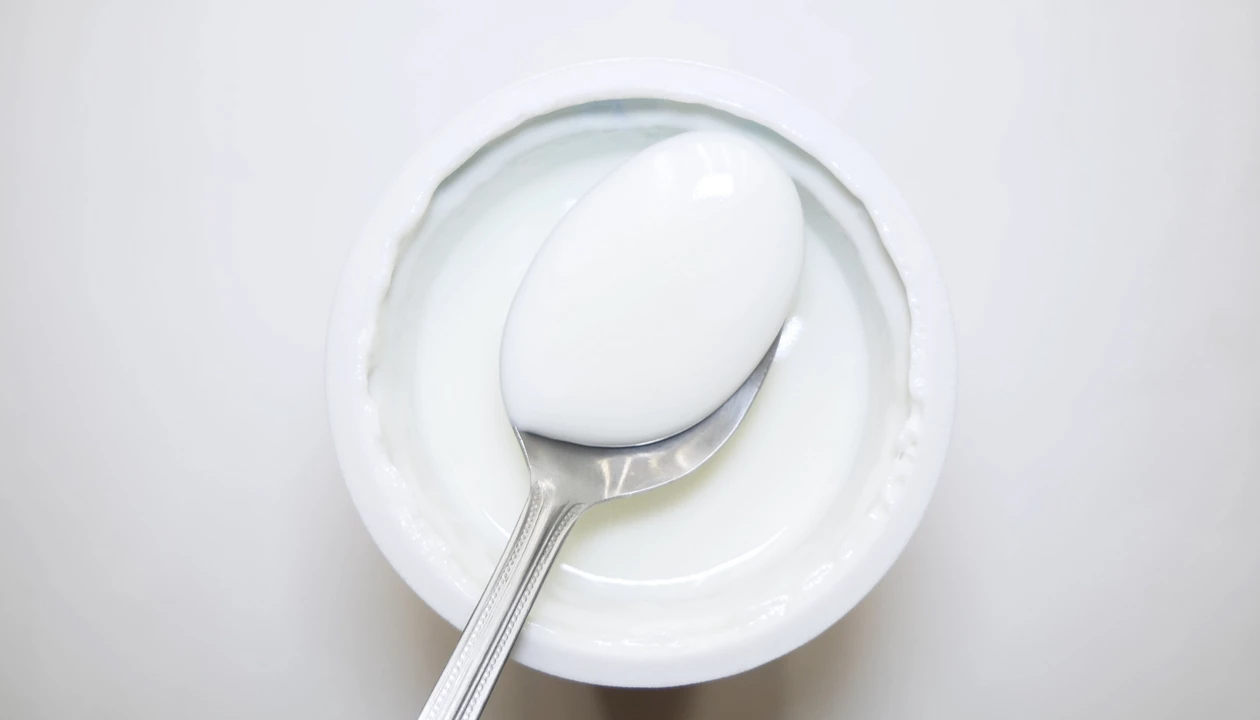Scientists at Columbia University have demonstrated a new way to make bioactive hydrogels that can drive blood vessel formation and boost immune response.
Hydrogels are common in biomedical applications like regenerative medicine and drug delivery because of their resemblance to biological tissue. The secret sauce in this case is extracellular vesicles (EVs)—agents of intercellular communication that carry cargoes such as proteins, genetic material, and metabolites to convey biological signals. Using EVs derived from the whey that is left over after making yogurt from cow’s milk, the researchers fabricated the hydrogel to mimic living tissue and promote natural healing (Matter 2025, DOI: 10.1016/j.matt.2025.102340).
By mixing the yogurt-derived EVs with cellulose-based polymers, the researchers made injectable hydrogels with tunable mechanical properties. That is, they could control the gel’s stiffness and how quickly it would release the EVs to interact with the body.
“The EVs are both a part of what forms the hydrogel and also give it its biological activity,” says Artemis Margaronis, a biomaterials researcher and lead author of the study. The supramolecular structure of the hydrogel is formed by the cross-linking of the EVs and the hydrophobic interaction between the vesicles and the cellulose polymer.
“These two materials come together [into a gel] because they’re in water, but they don’t like that water-based environment,” she explains. When the hydrogel is injected into tissue with a needle, shear forces turn it back into a liquid, but the gel self-assembles back afterward.
The researchers’ framework for creating the hydrogel is like an instruction manual based on what kind of gel properties one wants, how much to modify the polymer, and what type of polymer to use, Margaronis says. The team also used EVs derived from mammalian cells and bacteria to show that the framework is compatible with additional sources of vesicles.
Qian Yin, a researcher at the University of Texas at Austin who wasn’t involved in the study, calls it a “highly innovative” strategy of constructing bioactive hydrogels. “This approach can bypass the scalability and cost limitations associated with conventional cell-culture-derived EV production,” she says.
The team injected the yogurt-derived EV hydrogels into mice to see if the gels were biocompatible, and the researchers were “happily surprised” to find that blood vessels had formed inside the mice, according to Margaronis. They also noticed an increase in immune cells in the region, which indicates an anti-inflammatory environment that supports tissue regeneration.
Yin adds that even though this platform shows strong potential for human applications, the immune-response risks in humans need to be thoroughly evaluated first.
According to Margaronis, this is a preliminary study. The immediate next steps are digging deeper into the bioactivity and the unique immune environment created by the hydrogel, she says.
Chemical & Engineering News
ISSN 0009-2347
Copyright ©
2025 American Chemical Society
